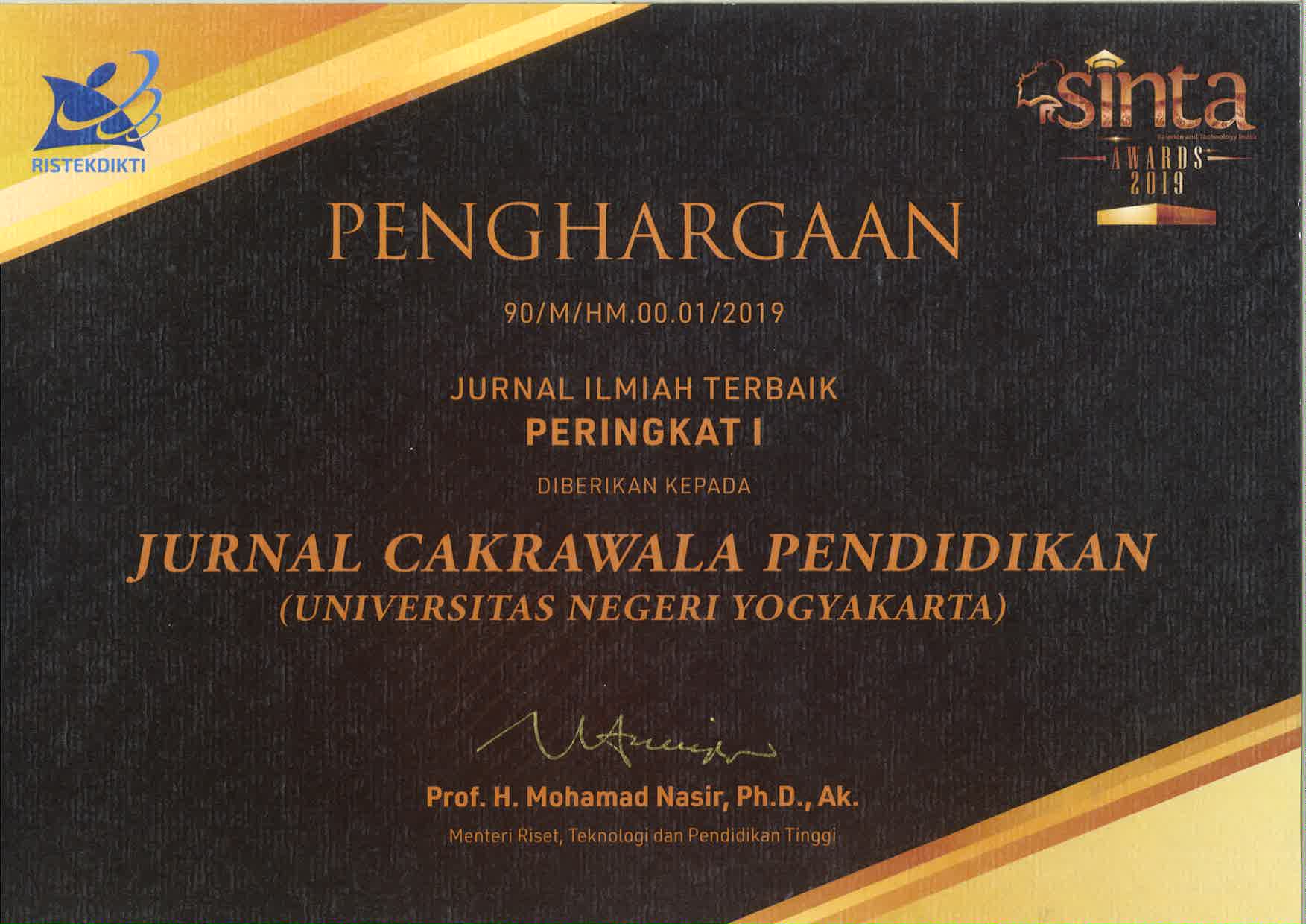The influence of personality traits on moral disengagement and drug use among adolescents with discipline problems
Downloads
Downloads
Abbasi-Asl, R., & Hashemi, S. (2019). Personality and Morality: Role of the big five personality traits in predicting the four components of moral decision making. International Journal of Behavioral Sciences, 13(3), 123-128.
Bandura, A. (1986). Social foundations of thought and action: A social cognitive theory. Englewood Cliffs.NJ Prentice Hall.
Bandura, A. (1990). Selective activation and disengagement of moral control. Journal of Social Issues, 46(1), 27–46. https://doi.org/10.1111/j.1540-4560.1990.tb00270.x
Bandura, A., Barbaranelli, C., Caprara G.V., &Pastorelli, C. (1996). Mechanisms of moral disengagement in the exercise of moral agency. Journal of Personality and Social Psychology, 71(2), 364-374. https://doi: 10.1037/0022-3514.71.2.364
Bandura, A. (2002). Selective moral disengagement in the exercise of moral agency. Journal of Moral Education, 31 (2), 101-119.
Colon-Rivera, H., &Balasanova, A. (2020). What is a substance use disorder? What is Addiction? Retrieved from https://www.psychiatry.org/patients-families/addiction/what-is-addiction.
Costa, P. T., & McCrae, R. R. (1985). The NEO-Personality Inventory. Psychological Assessment Resources.
Diana, R. R., Chirzin, M., Bashori, K., Suud, F. M., &Khairunnisa, N. Z. (2021). Parental engagement on children character education: The influences of positive parenting and agreeableness mediated by religiosity. Cakrawala Pendidikan, 40(2), 428–444. https://doi.org/10.21831/cp.v40i2.39477
Evren, C., Dalbudak, E., Evren, B., &Demirci, A. C. (2014). High risk of internet addiction and its relationship with lifetime substance use, psychological and behavioral problems among 10th-grade adolescents. PsychiatriaDanu, 26(4), 330–339. https://doi.org:10.1016/j.comppsych.2014.06.002
Farnese, M. L., Tramontano, C., Fida, R., &Paciello, M. (2011). Cheating behaviors in an academic context: Does academic moral disengagement matter? Procedia-Social and Behavioral Sciences, 29, 356-365. https://doi: 10.1016/j.sbspro.2011.11.250
Giluk, T. L., & Postlethwaite, B. E. (2015). Big five personality and academic dishonesty: A meta-analytic review. Personality and Individual Differences, 72, 59–67. https://doi.org/10.1016/j.paid.2014.08.027
Gini, G., Pozzoli, T., Hauser, M. (2011). Bullies have enhanced moral competence to judge relative to victims but lack moral compassion. Personality and Individual Differences, 50(5), 603-608. https://doi: 10.1016/j.paid.2010.12.002
Gini, G., Pozzoli, T., Hymel, S. (2014). Moral disengagement among children and youth: A meta-analytic review of links to aggressive behavior. Aggressive Behavior, 40(1),56-68. https://doi:10.1002/ab.21502
Goodman, I., Henderson, J., Peterson-Badali, M., Goldstein, A. L. (2015). The relationship between psychosocial features of emerging adulthood and substance use change motivation in youth. Journal of Substance Abuse Treatment, 52, 58–66.
Hopwood, C.J., Morey, L.C., Skodol, A.E., Stout, R.L., Yen, S., Ansell, E.B., Grilo, C.M., McGlashan, T.H. (2007). Five-factor model personality traits associated with alcohol-related diagnoses in a clinical sample. Journal of Studies on Alcohol and Drugs, 68(3), 455–460. https://doi.org/10.15288/jsad.2007.68.455
Hymel, S., &Perren, S. (2015). Introduction to the special issue: Moral disengagement and aggression in children and youth. Merrill-Palmer Quarterly, 61(1), 1-9. https://doi:10.13110/merrpalmquar1982.61.1.0001
John, O. P., & Srivastava, S. (1999). The Big-Five trait taxonomy: History, measurement, and theoretical perspectives. In L. A. Pervin& O. P. John (Eds.), Handbook of personality: Theory and research, 2, 102–138. New York, NY: Guilford Press.
Mohamed, N.H. (2008). Differences in intra-family relationships, peer pressure, and self-esteem between young and adult hardcore drug addicts. Unpublished thesis. Department of Psychology, International Islamic University Malaysia.
Newton, N. C., Andrews, G., Champion, K. E., &Teesson, M. (2014). Universal Internet-based prevention for alcohol and cannabis use reduces truancy, psychological distress, and moral disengagement: a cluster randomised controlled trial. Preventive Medicine, 65, 109–115. https://doi: 10.1016/j.ypmed.2014.05.003
Pabón-Carrasco, M., Ramirez-Baena, L., Jiménez-Picón, N., Ponce Blandón, J. A., Martínez-Montilla, J. M., &Martos-García, R. (2020). Influence of personality traits and its interaction with the phenomenon of bullying: Multi-centre descriptive study. International Journal of Environmental Research and Public Health, 17(1), 172. https://doi: 10.3390/ijerph17010172
Passini, S. (2012). The delinquency-drug relationship: The influence of social reputation and moral disengagement. Addictive Behaviours 37 (4), 577–579. https://doi: 10.1016/j.addbeh.2012.01.012
Pepler, D., Jiang, D., Craig, W., Connolly, J. (2008). Developmental trajectories of bullying and associated factors. Child Development, 79(2), 325-338. https://doi:10.1111/j.1467-8624.2007. 01128.x
Risser, S., & Eckert, K. (2016). Investigating the relationships between antisocial behaviours, psychopathic traits, and moral disengagement. International Journal of Law and Psychiatry, 45, 70-74. https://doi: 10.1016/j.ijlp.2016.02.012
Sagone, E., & De Caroli, M.A. (2013). Personality factors and civic moral disengagement in law and psychology university students. Procedia -Social and Behavioral Sciences, 93, 158-163. https://doi: 10.1016/j.sbspro.2013.09.170
Sattler, S., &Schunck, R. (2016). Associations between the Big Five personality traits and the non-medical use of prescription drugs for cognitive enhancement. Frontier Psychology, 6,1971. https://doi.org/10.3389/fpsyg.2015.01971
Singh, A. (2018). The "˜OCEAN' is creating tumultuous waves in the industry career: Perspectives in contemporary organisational psychology. Psychreg Journal of Psychology, 2(2), 53–65. https://doi: 10.5281/zenodo.1788086
Skinner, H. A. (1982). The drug abuse screening test. Addictive Behavior, 7(4),363–371.
Stivens, M. (2006). Family values and Islamic revival: Gender, rights, and state moral projects in Malaysia. Women's Studies International Forum 29 (4), 354-367. https://doi.org/10.1016/j.wsif.2006.05.007
Terracciano, A., Costa, P. T., & McCrae, R. R. (2006). Personality plasticity after age 30. Personality and Social Psychology Bulletin, 32(8), 999–1009. https://doi.org/10.1177/0146167206288599.
Terracciano, A., Lí¶ckenhoff, C. E., Crum, R. M., Bienvenu, O. J., & Costa, P. T. (2008). Five-Factor Model personality profiles of drug users. BMC Psychiatry, 8(1), 22. https://doi.org/10.1186/1471-244X-8-22.
Widiger, A.T., &Oltmanns, J.R. (2017). Neuroticism is a fundamental domain of personality with enormous public health implications. World Psychiatry. 16 (2), 144–145. https://doi: 10.1002/wps.20411
Jurnal Cakrawala Pendidikan, Jurnal Ilmiah Pendidikan, with ISSN: 0216-1370, is published by the Institute of Education Development and Quality Assurance (LPPMP UNY). Cakrawala Pendidikan has been recently has been re-accredited by Indonesian Ministry of Education and Culture decision Number 230/E/KPT/2022 which is valid for five years since enacted on 30 December 2022.




























